More to measurement: optimizing digital advertising for consumer attention

Author Geoffrey A. Moore explains in his book Crossing the Chasm, that every product goes through a certain process to reach the network effect. There are five main customer segments: innovators, early adopters, early majority, late majority, and laggards; and each customer group represents a different adoption phase. Making the transition from the early adopters to the early majority is when the product hits the mainstream and becomes widely used—this is known as crossing the chasm.
While Moore focused on start-ups and products, the same logic could apply to digital advertising—especially as it relates to the adoption of measurement approaches.
Since the guidelines for ad verification were introduced by the digital advertising industry trade groups, marketers have been measuring media performance based on valid, viewable, and brand-safe impressions.
Let’s call this approach Measurement 1.0. Going by Moore’s model, Measurement 1.0 has reached mass adoption—marketers everywhere use verification metrics as the baseline for performance.
Measurement 2.0, then, is the next logical iteration and looks at ad performance beyond verification—measuring attention signals and the broader business outcomes advertising is driving. In Moore’s model, Measurement 2.0 is still in the early-adopter phase—while some advertisers have adopted the beyond-verification philosophy, the vast majority have yet to make the transition.
To cycle through the phases of adoption, cross the “chasm,” and reach the majority, two things need to happen: first, understanding the value of measuring consumer attention metrics, and second, knowing how to do it.
What’s the purpose of measuring consumer attention?
Ad verification guidelines give marketers a benchmark to measure their campaigns against, with standardized targets for validity, viewability, and brand safety. But think of verification as solving half of the equation. This gives the ad a chance to succeed. It checks the box that the ad is in play, with a relevant audience and with an opportunity to drive action. The other half is measuring what happens next, once the ad is served, to determine its true impact.
Verification is the first step in the measurement journey, not the destination. By focusing on consumer attention, marketers explore performance indicators that reflect how an ad is impacting real business outcomes.
Attention signals, like interaction rate, screen real estate, active time on screen, and audible and visible on complete, help assess the quality of time a user spends with an ad. This helps marketers assess ad frequency and the overall quality of their impressions—producing a better, holistic view of advertising performance.
Rarely is there a stand-alone metric that determines if an ad or campaign is successful—so a single-point solution will be disappointing. A combination of metrics is required, as this provides a holistic view of ad performance. And the exact combination of metrics used differs based on the business, campaign, channel, format, and device. As an example, let’s walk through what measuring attention on display can look like.
3 metrics to measure attention on display
For display advertising, measurement is split into two primary groups: the amount of time spent with the overall content on the page, and how people engage with the advertising on that page.
To determine the time spent with the content, Active Page Dwell Time tracks the average time spent with the content in the foreground tab of the web browser—the most reputable and accurate way to measure time spent with content. To gauge engagement with advertising, it’s important to understand how long ads are in view, whether people interacted with them, and for how long. To do so, use the following three metrics:
- In-View Time—This is a baseline attention metric that measures the average amount of time people spend with an ad once 50 percent of pixels are in view for at least one continuous second.
- Interaction Rate—Beyond viewing the ad, this metric analyzes engagement by revealing the percentage of impressions where people enter the frame of an ad for at least 0.5 seconds.
- Interaction Time—This indicates how interested a person is when viewing the ad, so it’s used to measure how long, on average, interaction lasts.
To understand what the overall performance of the display ad is, simply compare these metrics with the latest industry benchmarks. As such, this allows you to see how each attention signal compares to the wider industry.
In addition to industry benchmarks, marketers are encouraged to set their own benchmarks to compare metrics against. This means comparing performance month-over-month, year-over-year, across campaigns, geographical regions, publisher networks, and so on. This allows you to gain a true understanding of advertising performance while also helping to track progress over time—leading to a sophisticated understanding of campaigns and the best areas for increased investment.
The metrics above illustrate what measuring beyond verification can look like on display, but this can also be done across mobile, video, and even branded content.
Helping advertisers get what they paid for
It’s not surprising that verification has become the de facto measure of success. Without any success benchmarks or industry standards to measure against, how else can marketers report on performance? Thankfully, after 25 years of digital advertising, ad measurement has evolved and opened up a plethora of advanced metrics that help marketers understand performance on a deeper level.
Now, it’s just a matter of making sure this overarching philosophy of measuring beyond verification—Measurement 2.0—becomes the standard for advertisers everywhere. Then, once we reach mass adoption, the cycle begins once more, and the question, again, becomes: What’s next?
Source: Mark Kopera (Moat by Oracle), The Drum


